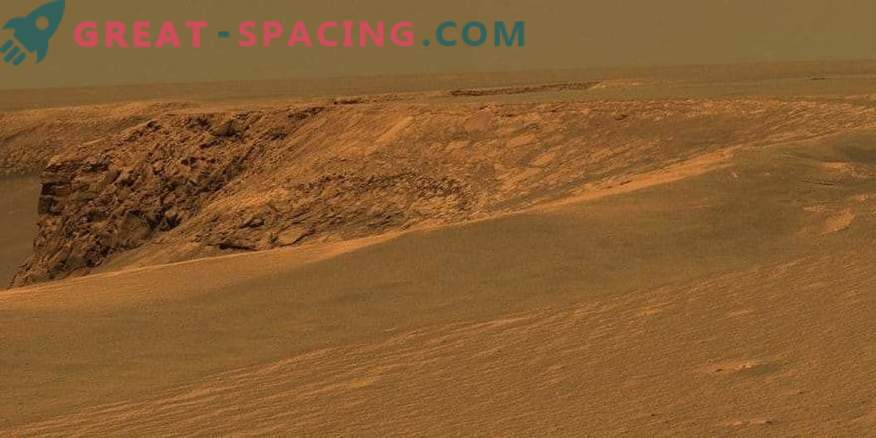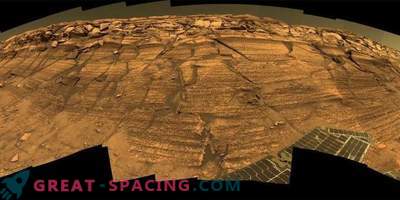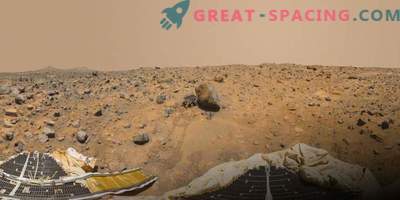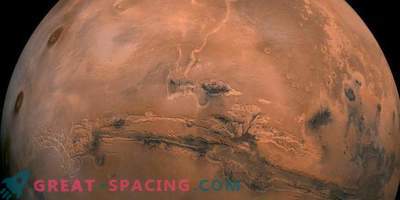
For about 13 years, the Opportunity machine surveyed the Plateau of Meridian, providing many places that might be of interest to human research.
Given the risk and the complexity of sending people to Mars, why not choose a place where the robot has already visited?
Researchers from an article in the journal Acta Astronautica believe that astronauts should be located in the most studied area of the Red Planet. And it is not only about 13 years of research, but also that the location in the southern part of the zone is ideal for further studies.
“The Meridian Plateau is a great place to explore,” said lead author John Clark, president of the Martian Community in Australia. This is an expert in carbonate lithology and paleoecology, exploring places similar to the Martian environment.
“It is safe, as there are large smooth and flat areas for the landing sites, as well as for the creation of the station. Yes, and ride on this surface is much easier, "- he said. “We received information from a rover that traveled more than 28 miles of this area.”
The rover found numerous evidence of ancient water from both rocks and in the composition. These are just a few of the points on Mars that NASA is studying to learn more about potentially habitable places. “It has potential water resources in the form of abundant sulphate minerals, which are easy to extract and heat to produce the water needed to support the station,” he says. “In addition, there are still many sites of scientific interest within 62 miles of the landing site.”
The deposits of the ancient salt lake, evidence of hydrothermal activity, craters of different ages, coastal deposits and ancient river valleys and river sediments are on the list of scientists' interests. Some of the oldest Martian rocks lie in the Plateau of Meridian, starting from the moment when the Red Planet and Earth were very similar.
There are also several facilities in the region as potential landing sites. The researchers at the meeting in 2015 identified 47 zones (all in fairly close proximity to the equator). Some of them fell to the limits of the Plateau of Meridian.
“In the article, we indicate the preferred landing area, but you can land anywhere within 100 miles. The only exceptions are the steep slopes of the crater, “- said Clark. - “The advantage of our site is that it is close to the place of research of the rover.” The upcoming Mars 2020 mission can offer other locations. He will survey one of the three preferred locations, including the Gusev crater, which previously investigated the Spirit, Jezero and NE Syrtis.
Clark said that regardless of the choice of the place of human mission, the robotic apparatus will be there before.
“We have identified 19 regions of interest in our intelligence area,” he said. - “Each of them corresponded to that studied unmanned mission. The only exception is that the human group will be able to study everything deeper. "
He said that every human landing would save time delay, as happens with a rover (you have to wait about 20 minutes to establish a connection between the Earth and Mars), and people will be able to explore in real time.
Ilone Musk from SpaceX hopes to establish a colony in the 2020s, while NASA plans to send people only in the 2030s.











































